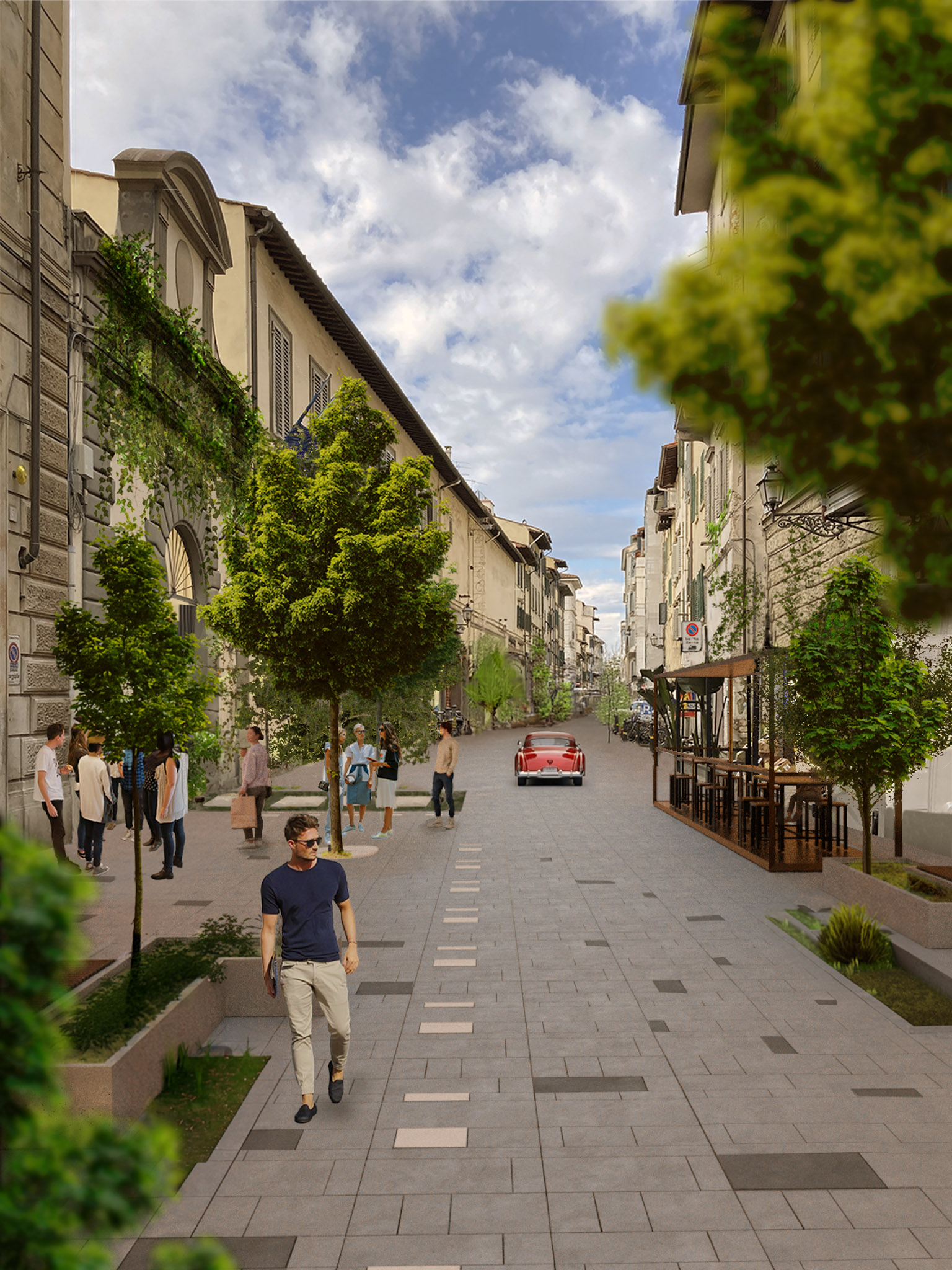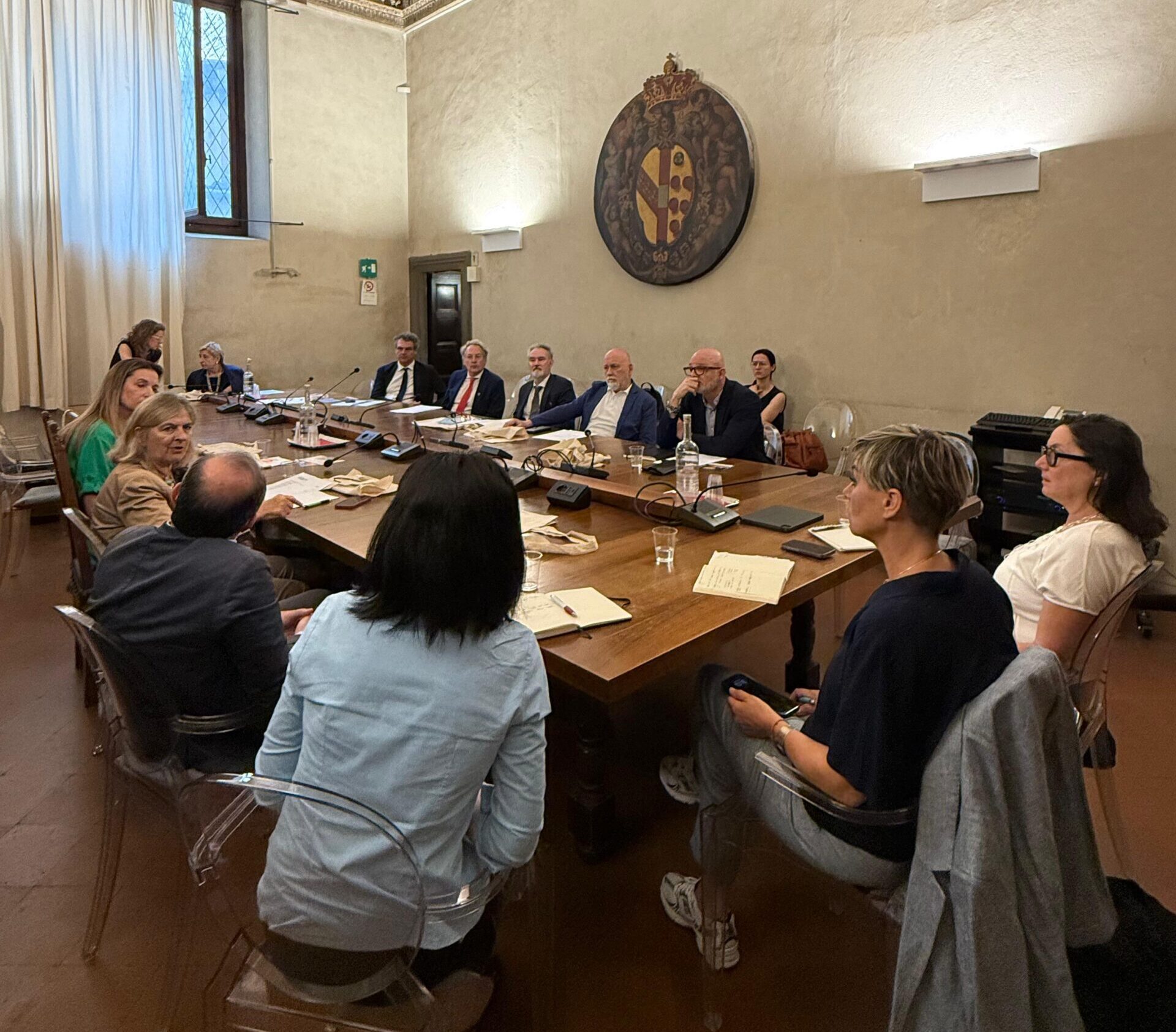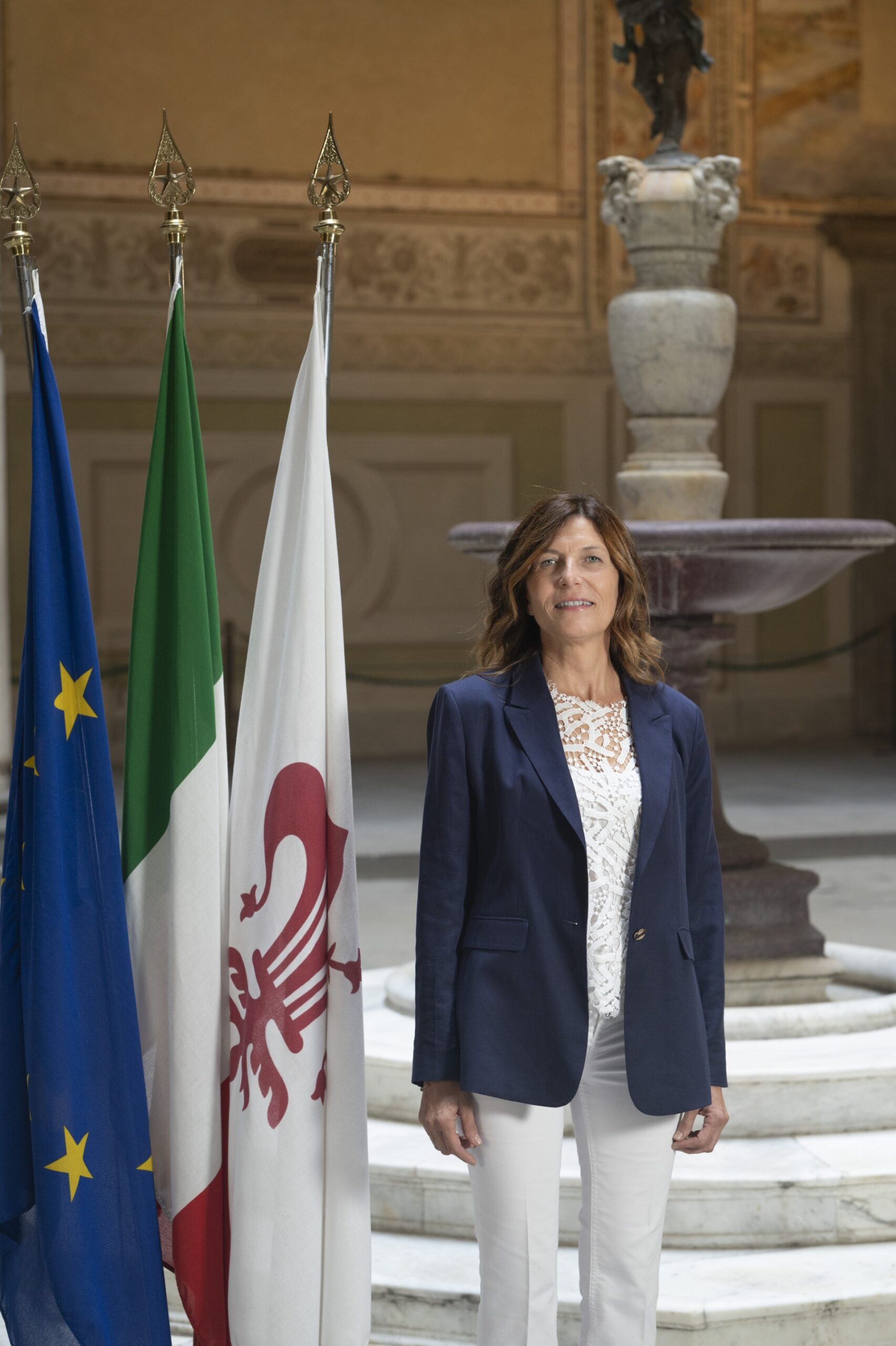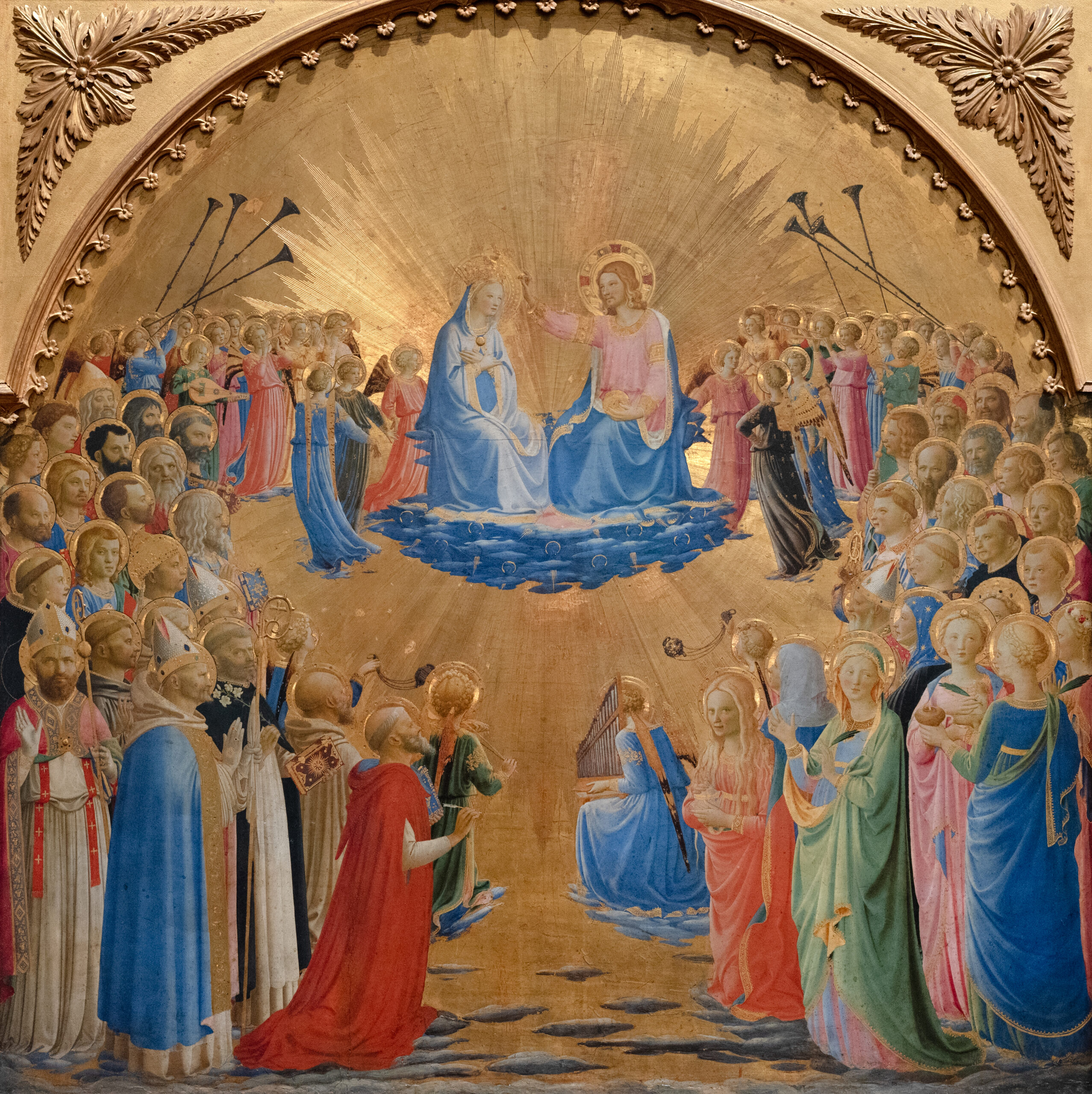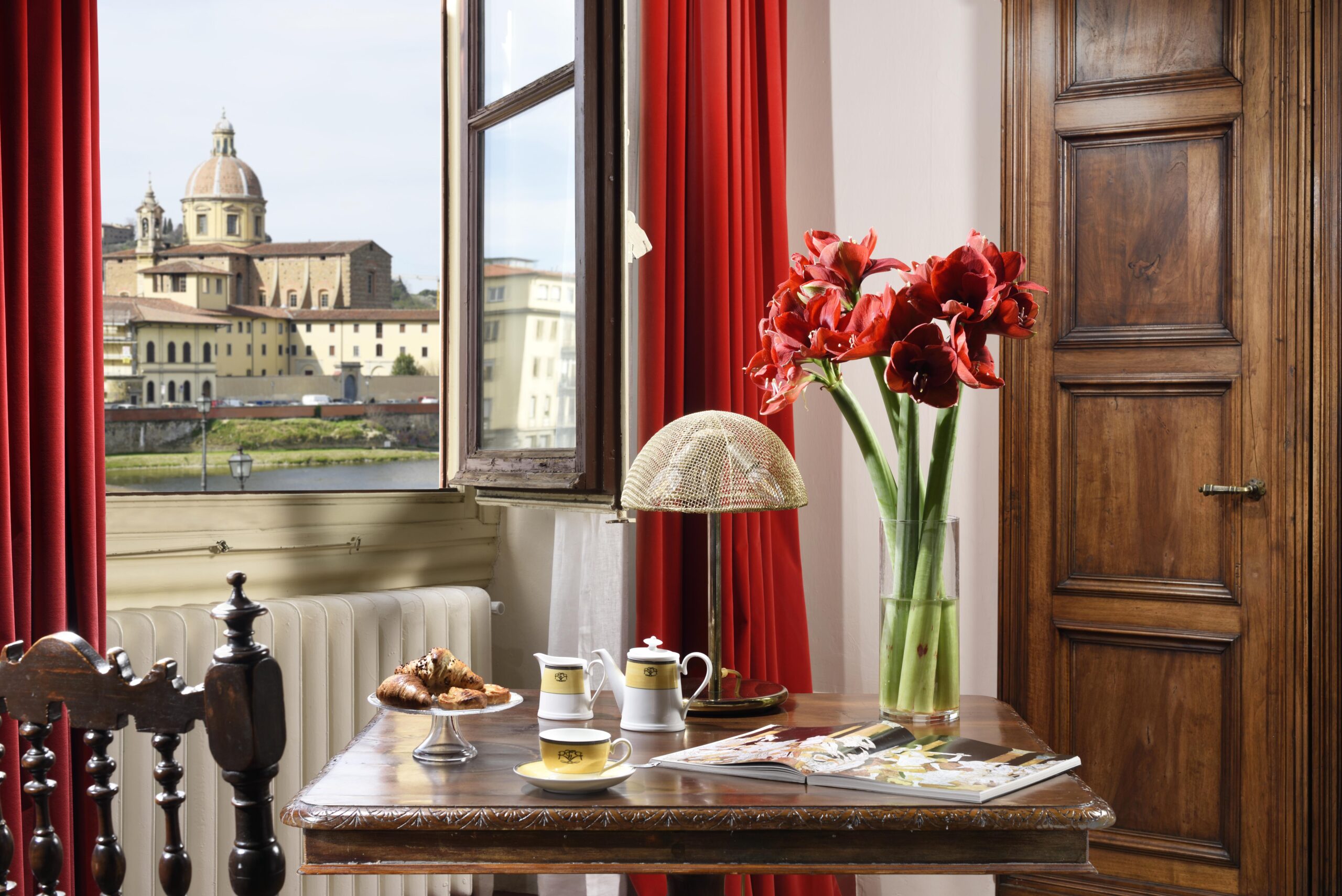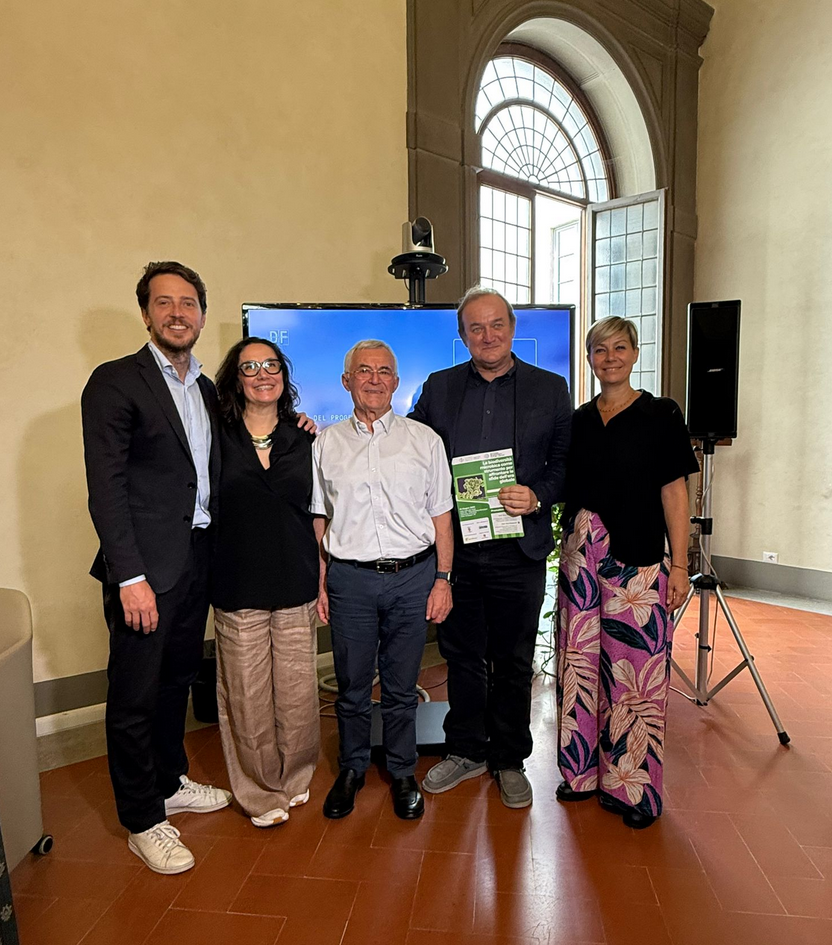The “secret room” was uncovered in November 1975, while a suitable new exit for the museum was being sought. The then director of the museum, Paolo Dal Poggetto, instructed the restorer Sabino Giovannoni to carry out cleaning tests in a narrow corridor beneath the apse of the New Sacristy. The small room—10 metres long, three metres wide, and two and a half metres high at the top of the vault—was used to store slack coal until 1955, and then remained unused, sealed and forgotten for decades below a trap-door blocked by various items of furniture.
Upon removing two layers of plaster, Giovannoni discovered several figure drawings in charcoal and sanguine, which Dal Poggetto mostly attributed to Michelangelo. His theory was that they had been carried out while the artist sought refuge in this space in 1530, when the Prior of San Lorenzo, Giovan Battista Figiovanni, hid him from the wrath of Pope Clement VII, who was infuriated because the artist (during the period in which the Medici were driven out of the city) had served as supervisor of the city’s fortifications for the short-lived republican government (1527-30).
He obtained forgiveness after around two months, between the end of June and the end of October 1530, when he was finally free and resumed his duties in Florence until he left the city for Rome in 1534. Dal Poggetto posited the theory that the drawings produced during the artist’s “self-confinement” used the walls to “sketch out” some of his projects, such as works from the New Sacristy like the legs of Giuliano de’ Medici, Duke of Nemours, and details such as the head of Laocoön. The works are still the subject of scholarly debate.


